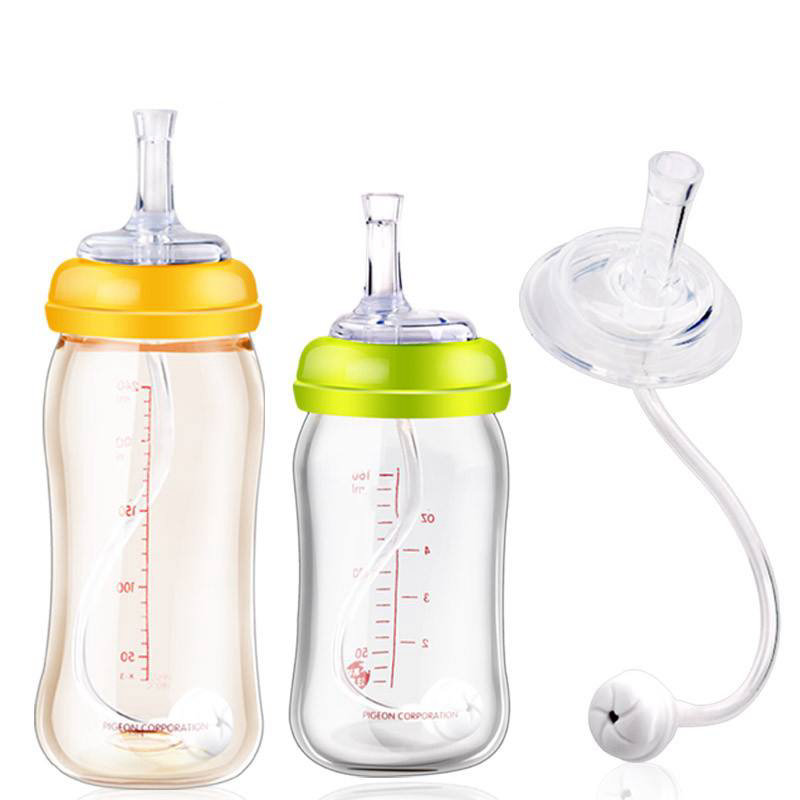
Dongguan Chance Precision Rubber& Plastic Products Co., Ltd.
Guangdong Chance Precision Electronics Co., Ltd.

How to Distinguish the Authenticity of Silicone Baby Bottles
In the baby bottle market of 2013, silicone baby bottles became the main focus of promotion and marketing for manufacturers and brands, both at baby and children's exhibitions and in online media. Why did manufacturers unanimously emphasize that their products were made of silicone? And how can one distinguish genuine silicone products?
1. All brands, regardless of size, must pass certification from relevant national authorities.
Food-grade silicone is an inorganic polymer colloidal material formed by the polycondensation of silicic acid, with the main component being SiO₂·nH₂O, accounting for over 98%. It is non-toxic, odorless, and chemically stable. Under normal conditions, it does not react with any acids, alkalis, or salts except caustic alkalis and hydrofluoric acid. Currently, silicone materials used in infant products on the market are classified into pharmaceutical-grade silicone and food-grade silicone, with pharmaceutical-grade silicone having higher standards and requiring certification from the National Medical Products Administration (NMPA). Infant products in China generally comply with three national standards: Chinese, American, and Korean. Regardless of the standard they follow, only products certified by the NMPA can be guaranteed to be genuine. Be sure to check this when purchasing.
2. How to distinguish silicone from latex/rubber imposters: 3 key tips
Since edible silicone is refined and sterilized, it can be mixed with food or medicine in the required amount to keep food dry and consumed together without any toxic side effects. Therefore, parents who prioritize their babies' oral safety tend to prefer infant products made of silicone. However, Mr. Gong pointed out that many infant products currently use latex or rubber to impersonate silicone, and even industry professionals need to carefully identify them to distinguish the real from the fake.
Professionals generally use the following three methods for selection:
- Test elasticity: Rubber and latex have better elasticity, while silicone is more fragile. When selecting, try stretching the material—if it has excellent elasticity, it may be rubber.
- Check color: Due to higher impurity content, rubber and latex are mostly light yellow and may be chemically treated to turn white, while genuine silicone is colorless and transparent. Therefore, transparent materials are mostly silicone.
- Smell the odor: Rubber and latex products have a strong smell, often pungent. Some manufacturers add fragrances to mask the odor, so choose materials with no added scent.
Finally, due to the complex manufacturing process of silicone, and high-quality silicone baby bottles being made from food-grade or top medical-grade silicone, the price should not be extremely low. When purchasing, do not buy low-priced silicone products in the hope of getting a bargain.
 Online Service
Online Service




